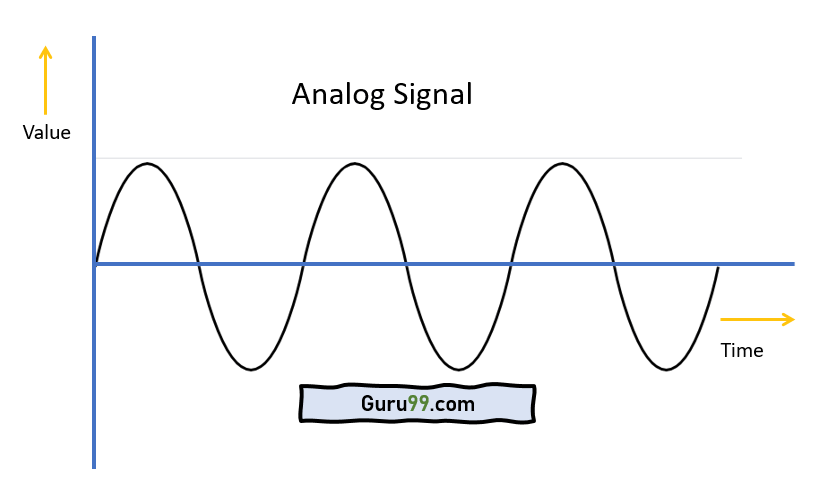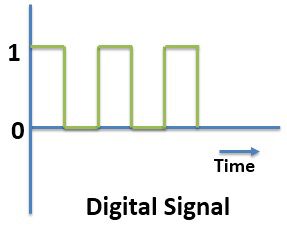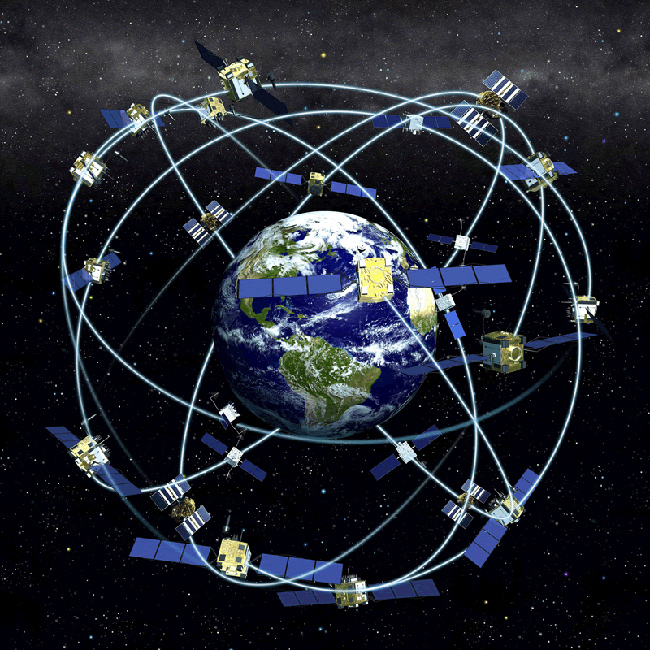CBSE Class 12 Physics Chapter 15 Revision Notes
Chapter 15: Communication Systems Revision Notes
- Communication: The act of transmitting and receiving information is known as communication.
- Communication System: A communication system is made up of three parts: a transmitter, a communication channel, and a receiver.
- Transmitter: Transducers/signal generators, modulators, and a transmitting antenna make up the system.
- Receiver: The primary function of this device is to decode the original signals. Picking up signals, demodulating, and displacing the original message signal are the main functions.
- Communication Channel: The communication channel is the physical path between the transmitter and receiver. They are divided into two categories:
(i) guided (point-to-point)
(ii) unguided
- Communication Channel Bandwidth: The bandwidth of a channel refers to the range of frequencies that can pass through it.
- The following are the two basic modes of communication:
(i) Point-to-point communication: Communication takes place over a link between a signal transmitter and a receiver in this mode of communication, such as telephony.
(ii) Broadcast: In the broadcast mode, a signal transmitter, such as radio or television, is accompanied by a large number of receivers.
Basic Terminology used in Electronic Communication Systems
- Signal: A signal is information that has been converted into electrical form and is suitable for transmission.
- A transducer is a device that converts electrical signals into electrical signals. A transducer is a device or arrangement that converts one form of energy into another, such as a microphone.
- Noise:It refers to unwanted signals that can interfere with the transmission and processing of message signals in a communication system.
- Attenuation: It refers to a signal’s loss of strength as it travels through the communication channel.
- Amplification: It is the process of increasing the amplitude of a signal using an electronic circuit known as an amplifier.
- Range: It is the greatest distance between a source and a destination at which the signal is strong enough to be received.
- Baseband: Baseband is a frequency range that represents the original signal.
- Repeater: Repeaters are placed between the transmitter and receiver at appropriate distances. Repeaters are used to extend a communication system’s range.
- Messages Signals: A message signal is a time-varying electrical signal generated by a transducer from an original signal.
- There are two types of electrical signals,
(i) Analog Signal: A continuous signal value that is between a maximum and a minimum value at any given time.
(ii) Digital Signal (Pulse Signal): Digital signals are those that can only take discrete stepwise values, such as computer output, fax, and so on.
Coding schemes used in digital communication
- Binary Coded Decimal (BCD): A digit is represented by two binary numbers, 0 or 1, in this case.
- The American Standard Code for Information Interchange (ASCII) is a widely used digital code that can be used to represent numbers, letters, and certain characters.
- Bandwidth of Signals: The difference between the upper and lower frequencies of a signal is known as its bandwidth. The message signal in a communication system can be voice, music, a picture, or computer data.
- Bandwidth of Transmission Medium: Wire, free space, fiber optic cable (750 MHz), and optical fiber are the most common transmission media (100 GHz.)
- Antenna: An antenna is a device that serves as both an emitter and a first receiver of electromagnetic waves. It’s usually a metallic object, such as a wire or a group of wires.
(i) Hertz Antenna: It’s a straight conductor with a length half the wavelength of the radio signals to be sent or received, i.e, l = λ/2
(ii) Marconi Antenna: It is a straight conductor with a length of a quarter of the wavelength of the radio signals to be transmitted or received, i.e. l = λ/4
(iii) Dipole Antenna It is used in radio wave transmission. It can be pointed in any direction (omni directional).
(iv) Dish-Type Antenna: It’s a directional antenna, so it’ll only work in one direction. A parabolic reflector with an active element is used in this antenna.
- Electromagnetic Wave Propagation: When using radio waves for communication, an antenna at the transmitter emits electromagnetic waves (EM waves), which travel through space and reach the receiver at the other end.
- Electromagnetic waves are classified into the following categories based on frequency and mode of propagation.
(i) Ground Wave Propagation (f < 2MHz) Radio waves (AM) travel along the earth's surface in ground wave propagation. These waves follow the curvature of the earth's surface as they travel along it.
(ii) Sky Waves Propagation (2 MHz < f < 30 MHz) Ionospheric reflection of radio waves back to earth allows for long-distance communication. Short wave broadcast services use this mode of propagation, which is known as sky wave propagation. The presence of a large number of ions gives the ionosphere its name. It rises from 65 kilometers to about 400 kilometers above the earth's surface.
- The density of the atmosphere decreases as one rises in altitude.
- For a certain range of frequencies, the ionospheric layer acts as a reflector.
(a)Maximum Frequency: It is a limiting frequency, but for some specific angle of incidence other than the normal and is given by
MUF = fc secθ
where, θ is the angle between normal and the direction of incidence of waves.
(b) Skip Distance: It is the shortest distance between a transmitter and the earth’s surface at which a sky wave of fixed frequency c greater than fc will be returned to earth.
(c) Critical Frequency: It is the highest frequency that will be returned to Earth by a particular layer.
(iii) Space Wave Propagation (LoS): From the transmitting antenna to the receiving antenna, a space wave travels in a straight line.
- Line-of-Sight (LoS) communication and satellite communication both use space waves.
- These waves are blocked at some point by the curvature of the earth due to the LoS nature of propagation, as shown below:
- Satellite Communication: The frequency bands 5.9 GHz to 6.4 GHz are used for uplinking and 3.7 GHz to 2 GHz are used for downlinking in this communication.
Modulation
- Modulation is the process of changing some characteristics of a carrier wave in response to the value of a modulating signal at any given time.
- Modulation is required because low-frequency signals aren’t as strong as high-frequency signals.
- Types of modulation:
(i) Amplitude modulation
(ii) Frequency modulation
(iii) Phase modulation
(iv) Pulse modulation
- Amplitude Modulation: The amplitude of the carrier is varied in accordance with the information signal in amplitude modulation.
- Types of Pulse Modulation
(i) PAM (Pulse Amplitude Modulation)
(ii) PDM (Pulse Duration Modulation)
(iii) PPM (Pulse Position Modulation)
(iv) PCM (Pulse Compression Modulation)
- Internet: It’s a collection of computers, printers, hard drives, and other devices that are linked together in a network topology to allow them to communicate.
- Local Area Network (LAN): A network is a collection of computers and other devices connected by a common communication line or wireless link. Within a small geographic area, connected devices typically share the resources of a single processor or server.
- Wide Area Network (WAN: is a network that uses leased telecommunication lines to cover a large area (i.e. any tele-communications network that connects across metropolitan, regional, national, or international boundaries).
- Client Computer: A client computer is any computer that receives information from a server.
- Web Page is a hypertext document that is connected to the internet. It could include text, videos, and other media.
- Website: A website is a location that is connected to the internet and hosts one or more web pages.
- Internet Service Providers (ISPs): An Internet Service Provider (ISP) is a company that offers services to people who want to use or participate in the internet.
- Electronic mail: Electronic mail is the telecommunication exchange of computer-stored messages.
- Mobile telephony is the provision of telephone services to phones that are not fixed in one location and can move around freely. Satellite phones connect to orbiting satellites, whereas mobile phones connect to a terrestrial cellular network of base stations.
- Cellular network, also known as a mobile network, is a wireless network that is distributed over land areas known as classes and is served by at least one fixed location transceiver, also known as a cell site or base station.
- A central control room known as Mobile Telephone Switching Office (MTSO) oversees all network-related activities, including the handling of all incoming and outgoing calls.
- In telecommunication, a telephone numbering plan is a type of numbering scheme used to assign telephone numbers to subscriber telephones or other telephony endpoints.
- 1G is the first generation of analog radio signal-based mobile networks.
- 2 G is based on a digital signal with a narrow band. The increased data transfer speed is 3 G.
- 4 G is a high-speed internet connection.
- A global positioning system (GPS) is a satellite navigation system based in space that provides location and time information in all weather conditions.
- In the global positioning system, a total of twelve satellites are required for correct and accurate location identification.




